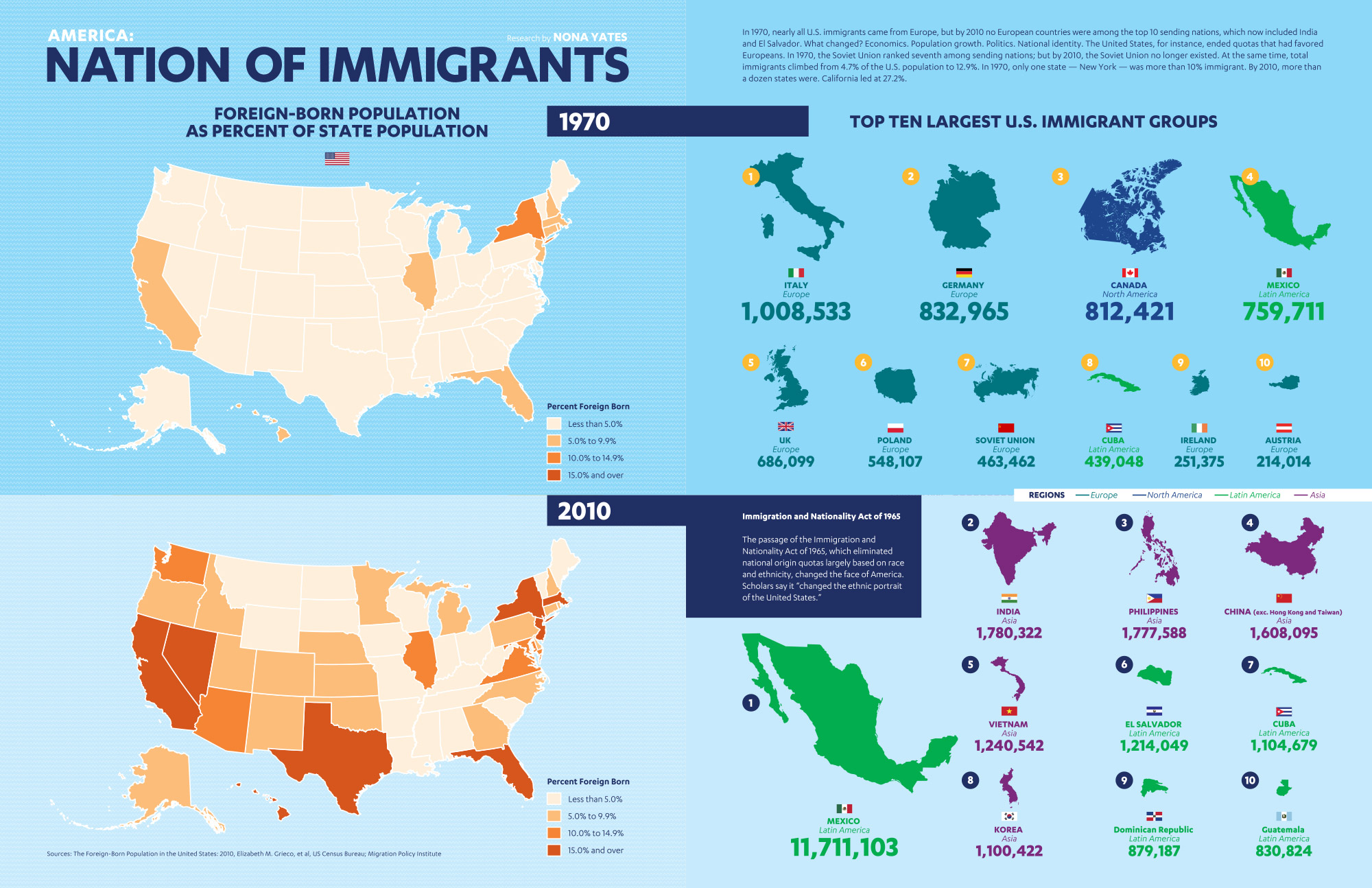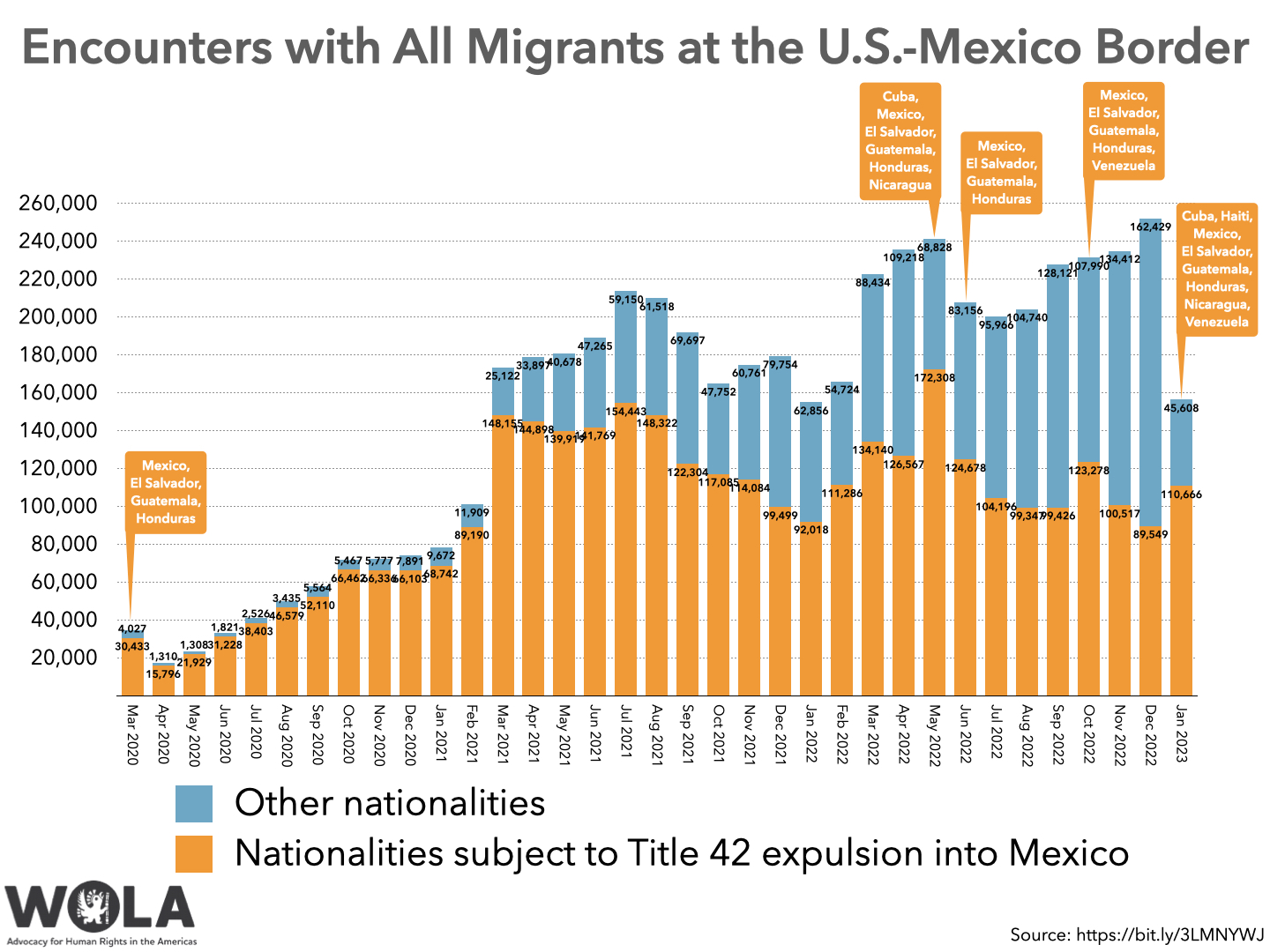
America’s Enduring Tapestry: The Complex Saga of Immigration
From the solemn promise etched on the Statue of Liberty – "Give me your tired, your poor, / Your huddled masses yearning to breathe free" – to the fiercely debated realities of border walls and detention centers, immigration has always been at the heart of the American experiment. It is a story of profound hope and crushing hardship, of economic dynamism and social friction, woven into the very fabric of a nation perpetually in flux. Today, as the United States grapples with unprecedented global migration, the saga of immigration remains as complex, contentious, and fundamentally defining as ever.
America, by its very definition, is a nation of immigrants. Its history is a chronicle of successive waves of people seeking refuge, opportunity, and a new beginning. The initial European settlers, fleeing religious persecution or economic hardship, laid the groundwork. The mid-19th century saw millions of Irish and German immigrants arrive, driven by famine and political unrest. At the turn of the 20th century, southern and eastern Europeans poured through Ellis Island, transforming urban landscapes and industrial might. These early arrivals, often met with nativist backlash and discriminatory policies like the Chinese Exclusion Act of 1882, nevertheless persevered, their descendants becoming integral to the American mosaic.
The most significant shift in modern immigration patterns came with the Immigration and Nationality Act of 1965 (Hart-Celler Act). This landmark legislation abolished the discriminatory national-origins quota system, which had heavily favored Northern European immigrants. Instead, it prioritized family reunification and skilled labor, opening the doors to a far more diverse stream of immigrants from Asia, Latin America, and Africa. This legislative change fundamentally reshaped the nation’s demographics, leading to the multicultural society we recognize today.

The economic impact of immigration is perhaps one of its most consistently debated, yet often misunderstood, aspects. Immigrants are not merely consumers of resources; they are powerful engines of economic growth. They fill critical labor shortages in sectors ranging from agriculture and construction to healthcare and technology, often taking jobs that native-born workers are less willing to do.
Fact: According to the New American Economy, immigrants are nearly twice as likely to start businesses than native-born citizens. They are behind a disproportionate number of new companies and contribute significantly to innovation. Think of Silicon Valley, where a substantial percentage of tech startups are founded by immigrants or their children. Iconic companies like Google (co-founded by Sergey Brin, an immigrant from Russia) and Tesla (led by Elon Musk, from South Africa) stand as testaments to this entrepreneurial spirit.
Furthermore, immigrants contribute billions annually in taxes – income, sales, property, and even social security, often without being eligible for the full range of benefits. A 2016 study by the National Academies of Sciences, Engineering, and Medicine found that, over time, immigrants contribute significantly to the U.S. economy, paying more in taxes than they consume in public services. This fiscal contribution helps support an aging native-born population and strengthens the social safety net for all.
Beyond economics, immigrants profoundly enrich America’s social and cultural fabric. They bring diverse languages, culinary traditions, artistic expressions, and religious practices, creating a vibrant tapestry that defines American identity. From the tacos and pho that grace American dinner tables to the fusion music and art that permeate its cultural scene, immigrant contributions are undeniable. This cultural exchange, while occasionally leading to anxieties about assimilation, ultimately fosters a more dynamic and globally aware society.
Yet, despite these clear benefits, immigration remains a political crucible, constantly igniting fierce debates. The current discourse is often dominated by issues of border security, undocumented immigration, and the pathways (or lack thereof) to legal status. The southern border, in particular, has become a flashpoint, symbolizing the deep divisions within the country. Images of migrant caravans, families separated, and overcrowded detention facilities fuel an emotional and often polarizing narrative.
The approximately 11 million undocumented immigrants living in the U.S. present a complex challenge. Many have been in the country for decades, working, raising families, and contributing to their communities. Their legal limbo highlights the urgent need for comprehensive immigration reform, a goal that has eluded successive administrations. For the nearly 600,000 DACA (Deferred Action for Childhood Arrivals) recipients, often called "Dreamers," the lack of a permanent legislative solution means living in a perpetual state of uncertainty, despite having grown up in America and knowing no other home. These young people, brought to the U.S. as children, represent a demographic often caught between two worlds, striving for the American dream in the face of legal precarity.
The political rhetoric surrounding immigration frequently oscillates between calls for stricter enforcement and more compassionate, comprehensive reform. Arguments for heightened border security, increased deportations, and merit-based immigration systems often cite concerns about national security, the rule of law, and the perceived strain on public resources. Conversely, advocates for more open and streamlined immigration pathways emphasize humanitarian obligations, economic necessity, and the moral imperative to offer refuge and opportunity.
Quote: As one advocate for immigrant rights poignantly observed, "These aren’t just statistics; these are lives, families, dreams. When we talk about immigration, we must never forget the human beings at the center of it all." This perspective underscores the personal toll of policy decisions and the profound impact they have on individuals and communities.

Misconceptions also fuel much of the public debate. The idea that immigrants disproportionately commit crimes, for instance, is widely debunked by research. Studies consistently show that immigrants, both authorized and unauthorized, have lower incarceration rates than native-born citizens. Similarly, the notion that immigrants are a drain on public services often overlooks their significant tax contributions and the economic growth they generate, which ultimately benefits all residents.
Looking forward, the challenges are immense. Climate change, geopolitical instability, and economic disparities will continue to drive global migration, placing sustained pressure on borders worldwide, including America’s. Finding a sustainable and humane approach will require transcending partisan divides and acknowledging the multifaceted nature of the issue.
A truly comprehensive immigration reform would likely involve a multi-pronged strategy: securing borders effectively and humanely, creating clear and efficient pathways to legal status for those already in the country (including a solution for Dreamers), streamlining the legal immigration system to meet economic needs, and addressing the root causes of migration in source countries through foreign policy and aid.
Ultimately, America’s journey with immigration is a continuous negotiation of its founding ideals against its contemporary realities. It is a story of constant reinvention, where each new arrival adds another thread to the nation’s ever-evolving tapestry. The "huddled masses yearning to breathe free" are not just a historical footnote; they are the vibrant, complex, and indispensable present and future of America. How the nation chooses to embrace or repel them will not only define its policies but also its very soul.


